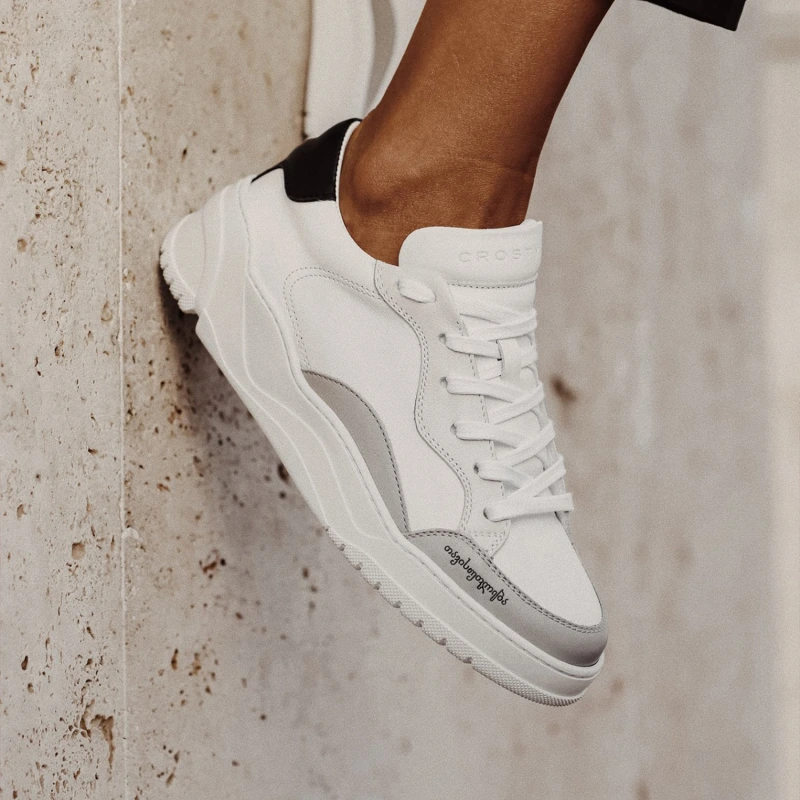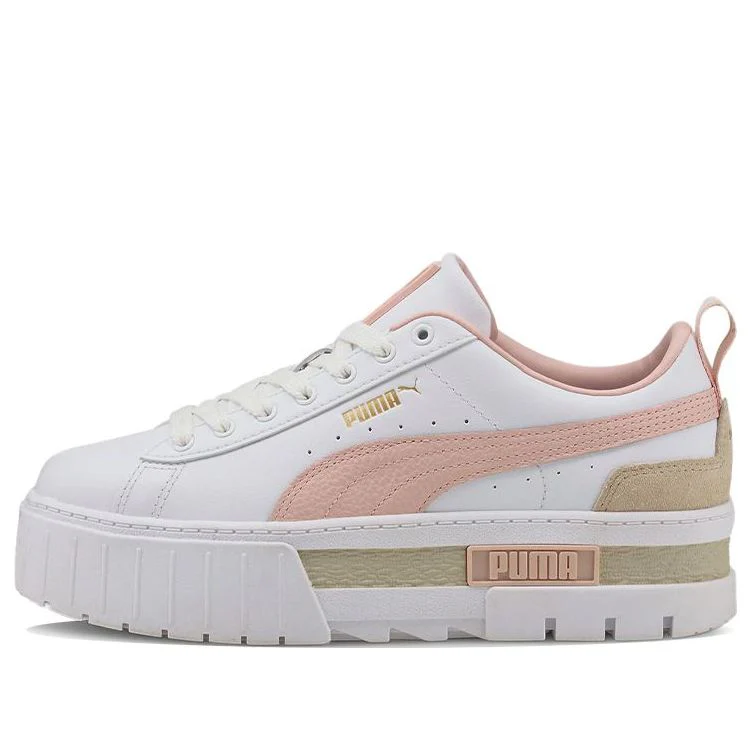
The Timeless Appeal of White Designer Sneakers
The Evolution of White Sneakers in Fashion
White sneakers have transcended their humble origins as athletic footwear to become a staple in the fashion world. This evolution began in the mid-20th century when brands like Converse and Adidas introduced simple, canvas sneakers that quickly gained popularity beyond the sports arena. As casual wear became more accepted in various social settings, white designer sneakers found their way into everyday wardrobes. The 1980s saw a significant shift as luxury fashion houses began to take notice of the growing sneaker culture.Designers recognized the potential to elevate this casual footwear into a high-fashion statement. This marked the birth of the white designer sneaker as we know it today.
Brands like Gucci and Prada started incorporating sneakers into their collections, blending the comfort and practicality of athletic shoes with the prestige and quality associated with luxury fashion. The clean, versatile aesthetic of white sneakers made them the perfect canvas for designers to showcase their creativity and craftsmanship. Today, white designer sneakers represent a perfect fusion of street style and high fashion, appealing to a wide range of consumers from sneaker enthusiasts to luxury shoppers.
The Allure of Minimalism: Why White Sneakers Dominate
The enduring popularity of white designer sneakers can be attributed largely to their minimalist appeal. In a world often cluttered with bold patterns and loud colors, white sneakers offer a refreshing simplicity. This minimalist design allows for maximum versatility, enabling wearers to pair them with virtually any outfit, from casual jeans to formal suits. The clean, crisp appearance of white sneakers also aligns perfectly with the modern aesthetic that values sleek, uncluttered designs. Psychologically, white symbolizes purity, cleanliness, and new beginnings, which subconsciously attracts many consumers.
The blank canvas nature of white sneakers also serves as an ideal backdrop for subtle design elements that distinguish luxury brands. Designers can incorporate unique textures, high-quality materials, and small but significant details without overwhelming the shoe’s overall clean look. This balance of simplicity and sophistication appeals to those who appreciate understated luxury. Moreover, white sneakers photograph well, making them popular choices for social media influencers and fashion bloggers, further cementing their status as a must-have item in any fashion-forward wardrobe.

Iconic White Designer Sneaker Models
Several white designer sneaker models have achieved iconic status in the fashion world. The Gucci Ace sneaker, introduced in 2016, quickly became a symbol of luxury streetwear. Its clean white leather upper, adorned with the brand’s signature green and red stripes, offers a perfect blend of classic sneaker design and high-fashion branding.
Another standout is the Common Projects Achilles Low. Which has set the standard for minimalist luxury sneakers since its debut in 2004. Its unadorned white leather design, save for a small gold serial number on the heel, epitomizes understated elegance. Balenciaga’s Triple S sneaker, while more chunky and complex in design, has made waves in the white sneaker market with its exaggerated sole and high-fashion appeal.
Louis Vuitton’s Luxembourg sneaker represents the brand’s foray into more casual footwear, featuring a sleek silhouette with subtle monogram detailing. Prada’s America’s Cup sneaker, originally designed for the Luna Rossa sailing team, has become a fashion staple with its distinctive side strap and patent leather accents. These models, among others, demonstrate how top designers have reimagined the classic white sneaker, elevating it to a luxury item while maintaining its versatile, street-ready appeal.
Materials and Craftsmanship in Designer Sneakers
The distinction between standard white sneakers and their designer counterparts often lies in the quality of materials and craftsmanship. Luxury brands typically use premium leathers, such as full-grain calfskin or nappa leather, which offer superior durability and a luxurious feel. Some designers experiment with innovative materials like vegan leathers or recycled plastics, appealing to environmentally conscious consumers without compromising on quality.
The construction of designer sneakers often involves meticulous handcrafting techniques. For instance, many high-end sneakers feature hand-stitched uppers and carefully applied soles, ensuring a level of quality control that mass-produced sneakers cannot match. Attention to detail extends to every aspect of the shoe, from the precision of the stitching to the quality of the laces and eyelets. Designer brands often produce their sneakers in smaller quantities, allowing for greater oversight of the production process.
This limited production also adds to the exclusivity of the product, justifying the higher price point. The use of advanced technologies in sole construction, such as Nike’s Air technology or Adidas’s Boost, is sometimes incorporated into designer sneakers, combining fashion with performance-enhancing features. This blend of traditional craftsmanship and modern innovation sets designer white sneakers apart in both quality and prestige.

Styling White Designer Sneakers: Versatility in Fashion
The versatility of white designer sneakers makes them a favorite among fashion enthusiasts. These shoes effortlessly bridge the gap between casual and formal wear, allowing for a wide range of styling options. For a casual, street-style look, white sneakers pair perfectly with jeans and a t-shirt or hoodie. The clean lines of the sneakers add a touch of sophistication to even the most laid-back outfits. In more formal settings, white designer sneakers can be worn with tailored trousers and a blazer. Creating a modern, smart-casual ensemble that’s appropriate for many workplaces and social events.
The contrast between the formal attire and casual footwear creates an interesting visual dynamic. For women, white sneakers complement everything from flowy summer dresses to structured pantsuits, offering comfort without sacrificing style. In colder months, these sneakers work well with darker, heavier fabrics, providing a bright counterpoint to winter wardrobes. The key to styling white designer sneakers lies in their ability to elevate simple outfits and dress down more formal looks, making them an incredibly adaptable fashion item. This versatility justifies their often high price tag, as they can replace multiple pairs of shoes in a wardrobe.
Caring for White Designer Sneakers
Maintaining the pristine appearance of white designer sneakers requires dedicated care and attention. Regular cleaning is essential to prevent dirt and stains from setting into the material. For leather sneakers, a soft brush or cloth can be used to remove surface dirt, followed by a gentle cleaner specifically designed for leather. Canvas or fabric sneakers might benefit from a specialized sneaker cleaner or a mixture of mild soap and water. It’s crucial to avoid harsh chemicals that could damage the material or discolor the shoe. After cleaning, allowing the sneakers to air dry away from direct sunlight helps prevent yellowing of white materials.
Many sneaker enthusiasts use protective sprays to create a barrier against dirt and water, making future cleaning easier. For stubborn stains, gentle rubbing with a magic eraser can be effective, but care must be taken not to damage the shoe’s surface. Storage also plays a role in maintaining white sneakers; keeping them in a cool. Dry place away from direct sunlight helps prevent yellowing and material degradation. Some collectors use sneaker shields or stuff the shoes with paper to maintain their shape when not in use. Regular care not only keeps white designer sneakers looking fresh but also extends their lifespan, protecting the investment made in these luxury items.

The Psychology Behind the White Sneaker Trend
The widespread appeal of white designer sneakers goes beyond mere aesthetics, tapping into deeper psychological factors. White, as a color, is associated with cleanliness, purity, and new beginnings. Wearing white sneakers can subconsciously convey a sense of freshness and orderliness, appealing to those who value these qualities. The simplicity of white sneakers also aligns with the concept of minimalism, which has gained popularity as a lifestyle choice emphasizing clarity and purpose. In a fashion context, white sneakers represent a blank canvas, allowing wearers to express their style through the rest of their outfit.
This versatility gives a sense of control and adaptability, appealing to those who value flexibility in their wardrobe choices. The luxury aspect of designer white sneakers taps into the human desire for status and exclusivity. Owning and wearing these shoes can boost self-esteem and provide a sense of belonging to a particular social group. Additionally, the contrast between the casual nature of sneakers and their high-end designer status creates an interesting psychological dynamic, allowing wearers to feel simultaneously relaxed and sophisticated. This blend of comfort, style, and status makes white designer sneakers a powerful fashion statement that resonates on multiple psychological levels.
The Environmental Impact and Sustainability Concerns
As the popularity of white designer sneakers continues to grow, so does the concern about their environmental impact. The fashion industry, including sneaker production, is one of the largest polluters globally. Many designer brands are now addressing these concerns by incorporating sustainable practices into their production processes. Some luxury sneaker makers are experimenting with eco-friendly materials such as recycled plastics, organic cotton, and sustainable leather alternatives. Others are focusing on improving the durability of their sneakers, encouraging longer use and reducing the need for frequent replacements.
Brands like Veja and Stella McCartney have made sustainability a core part of their sneaker lines. Proving that luxury and environmental responsibility can coexist. However, challenges remain, particularly in the area of disposal. The complex construction of many designer sneakers, often involving multiple materials, can make recycling difficult. Some brands are exploring take-back programs and innovative recycling methods to address this issue. Consumers are increasingly considering the environmental impact of their fashion choices. Putting pressure on luxury brands to adopt more sustainable practices. As the industry evolves, the challenge lies in maintaining the quality and aesthetic appeal of white designer sneakers while minimizing their environmental footprint.

Conclusion: The Enduring Legacy of White Designer Sneakers
White designer sneakers have cemented their place in the fashion world, transcending trends to become a modern classic. Their appeal lies in a unique combination of versatility, style, and status symbolism. From their origins in sports to their current status as a high-fashion staple, these sneakers have demonstrated remarkable adaptability. They bridge the gap between casual and formal wear, appealing to a wide range of consumers and fitting seamlessly into various lifestyles. The ongoing innovations in design, materials, and sustainability practices ensure that white designer sneakers will continue to evolve, meeting the changing demands of fashion-conscious consumers.
While challenges such as environmental concerns and market saturation exist, the industry’s response through sustainable practices and technological advancements suggests a promising future. As fashion continues to blur the lines between casual and formal, comfort and luxury. White designer sneakers stand as a testament to this evolution. Their enduring popularity reflects not just a fashion choice, but a cultural phenomenon that speaks to the values and aspirations of modern consumers. In the ever-changing world of fashion, white designer sneakers have proven to be more than just a trend – they are a lasting icon of style, comfort, and luxury.

